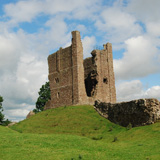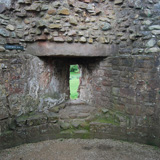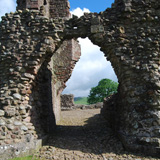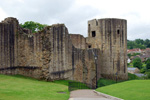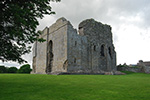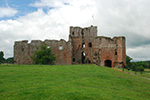History
Brough Castle resides in Cumbria in the North of England, built on the site of the Roman fort of Verteris. The castle on the ridge was built by King Rufus around 1092, shortly after William II of England had annexed Northern England from the Kingdom of the Scots. It was initially created to safeguard routes from the north across the Pennines into Yorkshire and more direct routes south into Westmoreland and Lancashire.
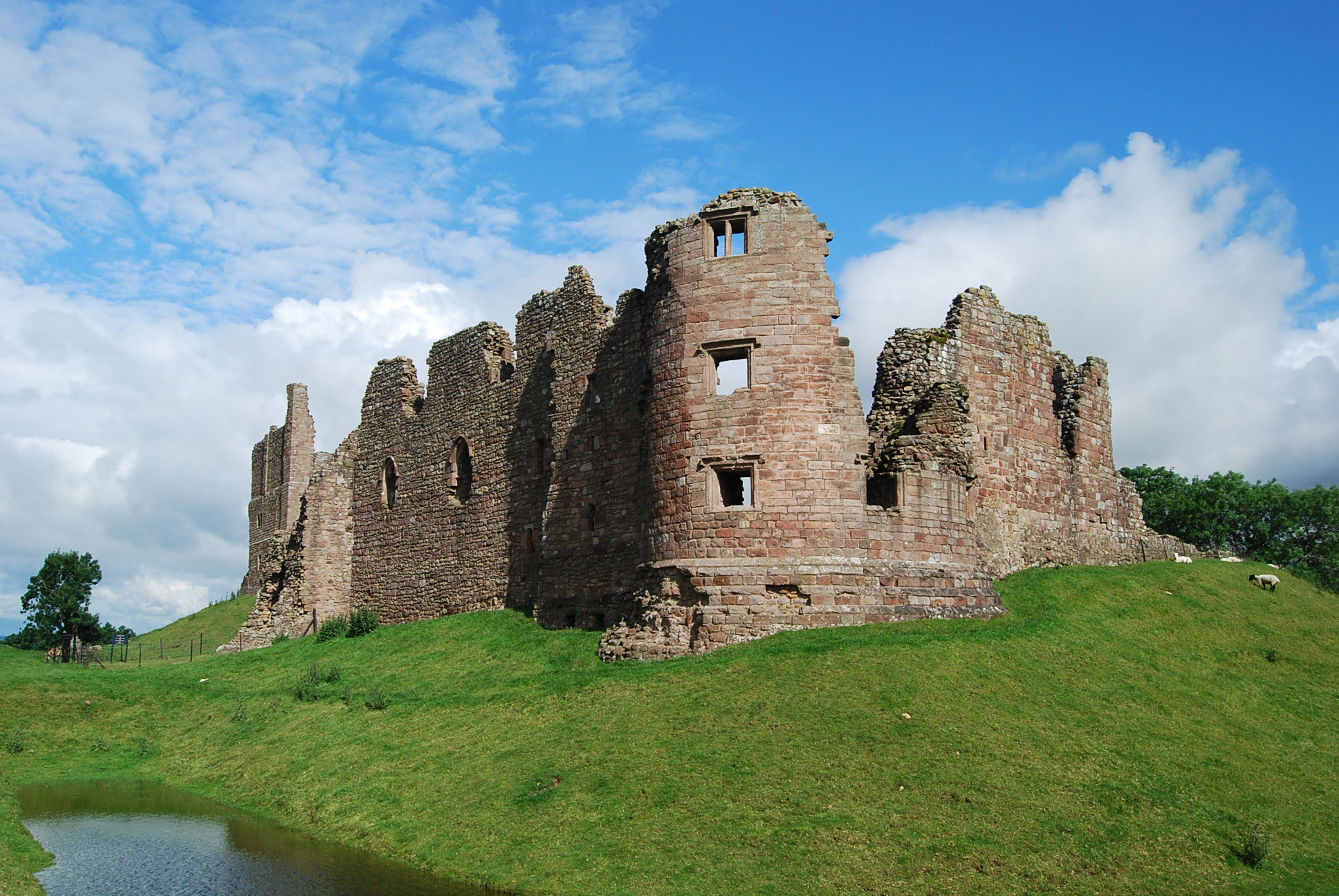
The castle's layout, with the keep at one end of the bailey and other structures at the opposite end, probably matches the Norman structure on the same site that predated the current castle. Some masonry of the keep and curtain wall today dates back to around 1100 when the castle was built. The need for more robust defenses was justified by being so close to the Border with Scotland.
Indeed, in 1173 and 1174, King William the Lion of Scotland invaded the north of England. In 1174 he blockaded Carlisle and marched further south with his army. Nearby, Appleby Castle quickly surrendered, then Brough Castle was attacked.
A contemporary writer of the time, Jordan Fantosme, wrote that six knights defended Brough castle. Which would have been a substantial garrison as each knight would have had his men with him. The bailey was soon captured in the attack, and the defenders retreated to the keep. The attackers then set fire to the keep, a wooden structure above the stone base. All but one knight then surrendered. The last knight continued to fight, hurling spears and pointed stakes before eventually giving up the fight. The keep was then burned to the stone foundations.
In 1179, Henry II of England granted the castle to Theobald de Valoines, who held the castle through the reign of Richard I and most likely built the new square keep. The castle reverted to the crown, and in 1203, King John gave Brough Castle and Appleby Castle and the lordship of Westmorland to Robert de Vieuxpont, the builder of nearby Brougham Castle. Robert added the gatehouse and a hall across the south end of Brough Castle, but his immediate descendants neglected the castle, and it was reportedly in ruins by 1254.
Brough Castle and Brougham Castle were passed to the Clifford family in 1268 after the Second Baron's War. By 1308, Robert Clifford had rebuilt the hall at Brough and added the semicircular tower at the south end of the castle, now known as Clifford's Tower, which he used as a residence for his family. He also did considerable restoration work to the outer curtain wall.
Robert died at the Battle of Bannockburn fighting the Scots, and Scottish raiders from the north attacked the region around the castle in 1314 and 1319. Locals and their livestock would have taken refuge in the castle during these raids. The castle also accommodated a large garrison as 15 men-at-arms and 20 hobelers were reported there in the early 1320s.
Brough Castle escaped being captured in the great Scottish invasion of 1388, in which nearby castles of Brougham and Appleby were sacked. When the Clifford's re-established themselves in Westmoreland after the Battle of Bosworth Field in 1485, activities at Brough Castle increased. Shortly after Henry Clifford had celebrated "the great Christmas" at Brough Castle in 1521, the castle was devastated by a fire that burned out all the wooden fittings, floors, doors, and windows, leaving the castle uninhabitable. The castle would not be occupied again until the time of Lady Anne Clifford.
In 1659, work began to restore Brough Castle, and the following year was completed enough for Lady Anne to make a brief visit, staying one night in Clifford's Tower and two nights in the keep. An inscription recording her restoration work was put up at the end of 1663, so the restoration work was most likely completed by then. In 1665 she would stay at the castle from 10 November until 19 April the following year and three more extended visits after that, always occupying the top floor of Clifford's Tower. During her restoration work, she added the stables and service buildings to the castle.
In 1666 another fire broke out at the castle, making it uninhabitable again. The castle was stripped of any usable fittings and some stonework. More masonry began to collapse around 1800, bringing the castle to the ruined state we mainly see today.
In 1921, Brough Castle was given by Lord Hothfield to the Ministry of Works and now falls under the care of English Heritage.
Castle Highlights
Brough Castle is one of my favorite castle ruins in Northern England. The most exciting part of Brough Castle is the keep. Even in a ruined state, it's an imposing presence towering above the rest of the castle. The basement area was used to store goods and the upper floors as chambers.
The remains of Clifford's Tower in the southwest corner are just a shell of the former tower, with just enough remaining to get a good idea of the tower's width and the thickness of the walls. Outlines of Tudor-style window frames in the tower walls still exist, inserted during Lady Anne's restoration.
The gatehouse today is a little more than an open stone archway, just a shell of the former three-story gatehouse that once protected the entrance to the castle. Enough foundations of other walls exist within the bailey to get a sense of the size of the hall, stables, and service rooms that once stood. Today the castle is a secluded and peaceful place to visit and imagine what once was.
Brough Castle can be thoroughly visited in an hour or two. To make a full day of castling, Brougham Castle and Bowes Castle are just a few miles away. There are no shops or toilets at Brough Castle. But you can purchase a guidebook at Brougham Castle that also includes the history and descriptions of Brough Castle, so I recommend you start the day at Brougham Castle.
